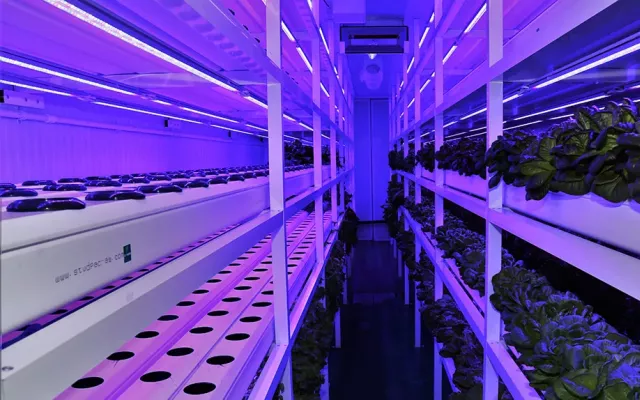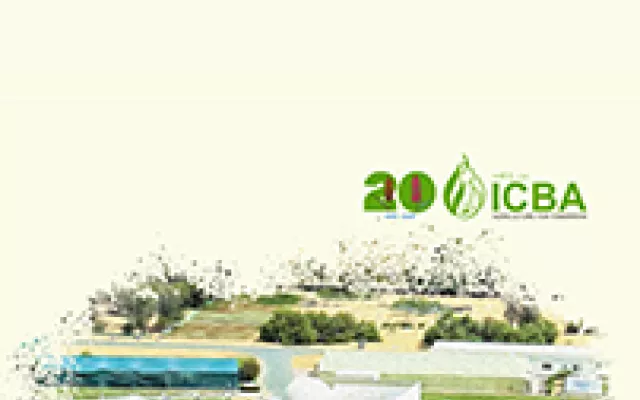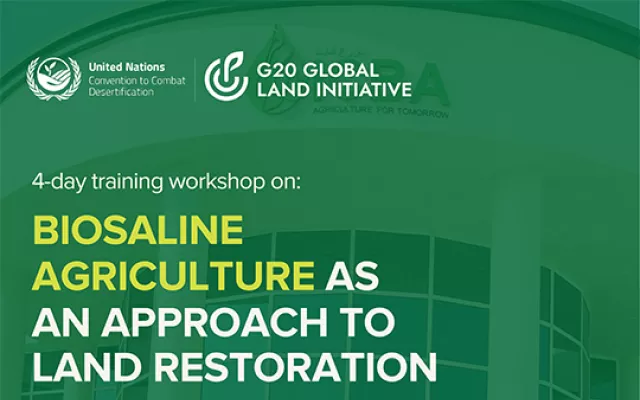Soil Atlas of Asia

The Soil Atlas of Asia – from the Arctic to the Equator and the Mediterranean to the Pacific
In most people's mind, soil would not figure highly in a list of the natural resources of Asia. However, healthy and fertile soils are the cornerstones of food security, key environmental services, social cohesion and the economies of most Asian countries. Unfortunately, soil is not in the minds of most people even though their lives depend on it.
Soil is the foundation to several of the Sustainable Development Goals. In addition to providing the medium for food, fodder and fuel wood production (around 98% of the calories consumed in Asia are derived from products grown in the soil), soil controls the recycling of nitrogen, phosphorus, carbon and other nutrients. Soil reduces the risk of floods and protects underground water supplies. Soil organic matter can store more than ten times its weight of water while the soils of Asia store about 200 Gt of organic carbon – about 2.5 times the amount contained in plants.
While Asia has some of the most fertile land on the planet, the soils over much of the continent are fragile, often lacking in essential nutrients and organic matter. Aridity and desertification affects around half the continent. Soils under tropical rainforests are not naturally fertile but depend instead on the high and constant supply of organic matter from natural vegetation and its rapid decomposition in a hot and humid climate. Breaking this cycle (i.e. through deforestation) quickly reduces the productivity of the soil and leaves the land vulnerable to degradation.
With a population of over 1 billion people and growing, conflicting or competing demands (e.g. the cultivation of cash crops for export, the production of biofuel, conservation for wildlife reserves, carbon sequestration, mineral extraction, grazing, urban migration and expansion, etc.) are placing intense and increasing pressures on the remaining land. Soil degradation has multiple consequences. The harvesting of crops from cultivated soils breaks the nutrient cycle, which then requires additional inputs. In many parts of Asia, soils are losing nutrients at a very high rate, much greater than the levels of fertiliser inputs. As a result of rural poverty, farmers are unable to apply sufficient nutrients due to the high costs of inorganic fertilisers or from a lack of farm machinery.
However, the importance of soil and the multitude of environmental services that depend on soil properties are not widely understood by society at large. A part of the problem is that with an increasingly urban society, many people have lost contact with the processes that produce food. Most people expect to find goods on the shelves of supermarkets and have limited or even no appreciation of the role played by soil. Concepts such as nutrient cycling and organic matter management, that are critical to processes such as soil fertility, are a mystery to most. To compound matters, there is very little dialogue between the soil science community and the general public. The majority of soil-related print material is geared towards university level or scientific journals - normally out of the reach of the general public. This results in a lack of easily understandable material to help interested stakeholders appreciate the value of soil and to help them preserve this precious resource.
As a consequence, soil as a topic tends not to feature in the minds of the public or politicians. However, some soil scientists and policy makers are becoming increasingly aware of a greater need to inform and educate the general public, policy makers, land managers and other scientists of the importance and global significance of soil. This is particularly true of the soils in Asia where the dramatic consequences of the failure to use soil sustainably have led to desertification, famine, civil unrest, economic collapse and human suffering, often on astonishingly large scales.
It is in these contexts that the European Commission's Joint Research Centre initiated a project, in collaboration with the Food and Agriculture Organization of the United Nations, to bring together soil experts from Europe and Asia to produce the first ever SOIL ATLAS OF ASIA. The goal was to produce a publication, aimed at the general public, decision makers, politicians, teachers and even scientists in other disciplines, that raises awareness of the significance of soil to human existence in Asia.
The atlas explains in a simple and clear manner the reasons for the varying patterns of soil across Asia as well as the need to conserve and manage this increasingly threatened natural resource through sustainable use. At its heart is a series of annotated maps that show, for the very first time, the diversity of soil characteristics across the Asian continent in a manner that is comprehensible to the layperson. The Atlas calls for a four-pronged approach to the soils of Asia:
- an improved knowledge base to facilitate effective policy development and decision-making relating to the most appropriate use of terrestrial resources through a harmonised assessment of the state of soils and associated threats to identify areas at risk of erosion, decline in nutrients and organic matter, salinisation, acidification, compaction or landslides. At present, there is a marked lack of current, consistent and comparable data on soil resources and trends across Asia. There is little coherence between countries which makes the quantitative evaluation of changes in soil state and functions almost impossible. The lack of data also hampers efforts to develop indicators to measure the situation.
- the maintenance and development of soil education components at all levels of education should also be a priority. Without a trained scientific base, the collection of relevant soil information will be impossible.
- the establishment of measures to assess the impacts of current policies and land use practices on soil quality in areas such as agriculture, waste, urban development or mining, and to ensure the sustainable use of soil and its functions, together with action programmes to deal with the main issues of local concern
- support to facilitate the networking of soil scientists and land use experts from all parts of Asia. Such a move would help to improve information exchange and develop a more comprehensive knowledge base to underpin sustainable soil use policy development and practices.
The Soil Atlas of Asia supports the Global Soil Partnership of FAO and the final declaration of the Rio+20 meeting towards reversing and reducing global soil degradation.
Download the Soil Atlas of Asia
Download the PDF version of Soil Atlas of Asia. You are invited to download the single file (please note 615 MB).
or in three parts part 1, part 2, part 3
Download the data of the Soil Atlas of Asia
This functionality will become available soon.
Click here for a video on the Soil Atlas of Asia and a press release by FAO on the launch.
References
European Commission, JRC and FAO. 2023. Soil Atlas of Asia. Publications Office of the European Union, Luxembourg. 208 pp. ISBN 978-92-79-26715-4, doi 10.2788/52319.









